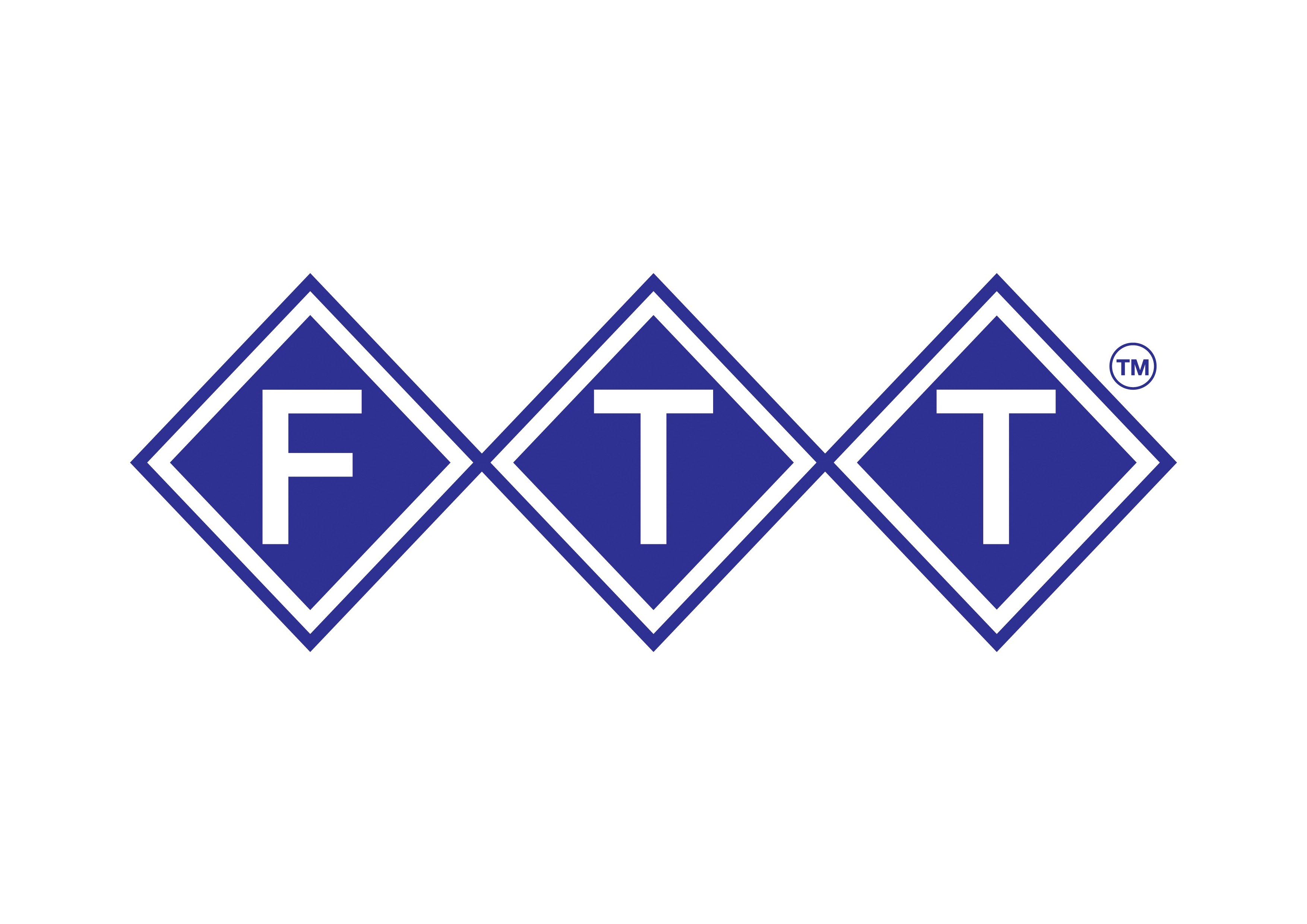Pouring milk down a drain can carry a financial or custodial sentence for businesses in the UK. Although many businesses are unaware of this, milk must be disposed of as Category 3 ABP (Animal By-Products).
Milk is a highly polluting substance – which is why it has been classified as Category 3 ABP. Milk is particularly harmful because of its high ‘oxygen demand’: bacteria that feed on it use up oxygen that is otherwise used by fish and other living things in the watercourse, effectively suffocating aquatic life.
What to do with milk?
There are strict guidelines on how you can dispose of milk. It can be used in composting or anaerobic digestion, or, if it isn’t spoiled, it can be processed to make feed for farm animals, pet food, or organic fertilisers and soil improvers.
If it cannot be disposed of in these ways, it could also be sent to incineration as a fuel for energy recovery. The final option, in line with the Waste Hierarchy, would be to dispose of it in a landfill.
You cannot pour milk down the drain due to the high Biochemical Oxygen Demand (BOD) required to break down this material. Surprisingly, milk has one of the highest BOD of common pollutant. This table, obtained from SEPA, highlights this point:
| Material | BOD (mg/l of oxygen) |
| Milk | 80,000 – 120,000 |
| Silage effluent | 60,000 – 70,000 |
| Pig slurry | 20,000 – 30,000 |
| Cattle slurry | 15,000 – 20,000 |
| Dairy Washings | 1,000 – 2,500 |
| Raw Sewage | 300 – 400 |
| Clean river sewage | Less than 5 |
Proper disposal of milk and dairy products
It isn’t just milk that needs to be disposed of in this way, but all dairy products including, and not limited to:
- Yoghurt
- Cream
- Ice cream
- Hard cheese
- Soft cheese
- Butter
- Soft spread
If incorrectly disposed of, these products can cause environmental impacts that are extremely damaging to waterways, harming both water quality and wildlife. So next time you have expired milk, make sure you follow the correct procedures to prevent this from happening.
Have you made sure that your staff are trained to correctly deal with an unintentional spillage of milk or dairy product?
